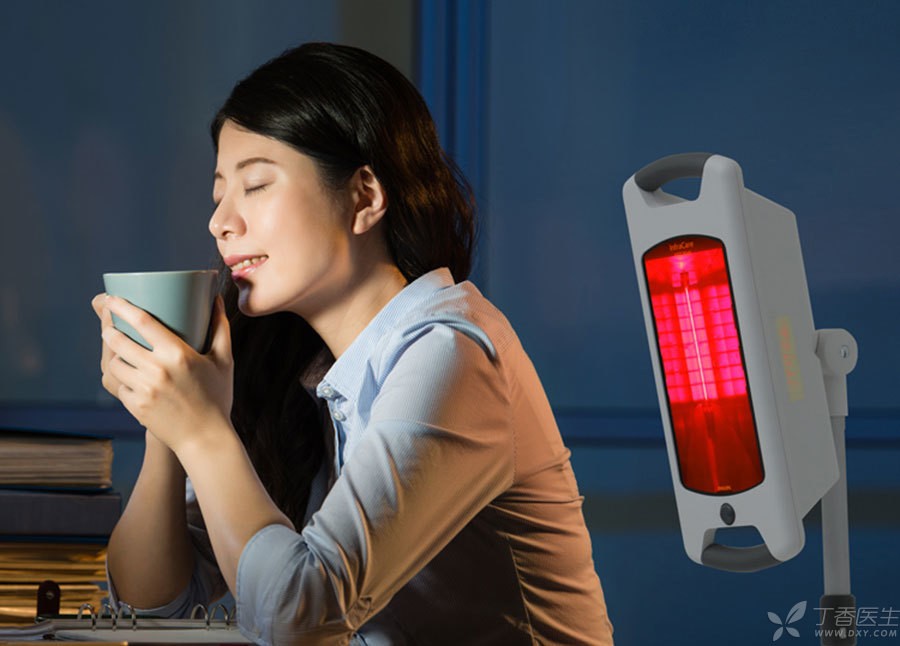Pain is one of the most common physical discomfort, low back pain after sitting for a long time, neck pain after watching TV for a long time… Especially the middle-aged and elderly people, suffer from chronic low back and leg pain, shoulder pain and arthritis for many years.
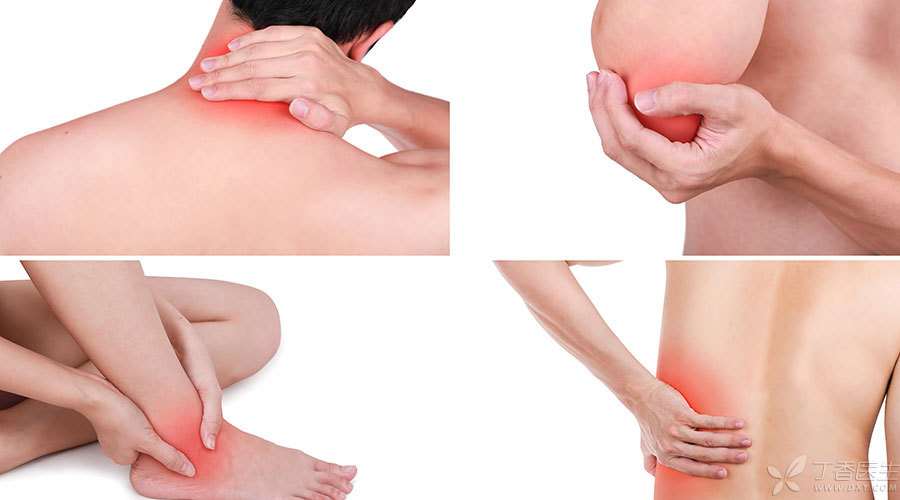
Faced with these pains, most people will choose to endure or take a few painkillers. In fact, in addition to endurance and painkillers, hyperthermia, cold therapy and massage are also good ways to relieve pain.
Today we will focus on how hyperthermia relieves pain and how to choose the appropriate form of hyperthermia.
Pain is a distress signal and cannot be ignored.
First of all, we should know that pain is actually a distress signal sent by the body. The purpose is to let us know that there is something wrong with our body and we need to solve it. Of course, pain is also prioritized and should be handled according to the situation.
For example, back pain after sitting for a long time, knee joint pain when going up and down stairs, these pains are mostly caused by aseptic inflammatory reaction. You can try to deal with it at home first, but you can’t go to the hospital again.
However, there are two types of pain that are signs of serious diseases and cannot be ignored. You need to go to the hospital immediately:
One is intense and intolerable visceral pain. For example, when myocardial infarction occurs, the pain is like a big stone pressing on the chest. When acute cholecystitis attacks, severe sharp pain occurs in the abdomen and right shoulder. Don’t delay in case of such severe pain, go to the hospital immediately.
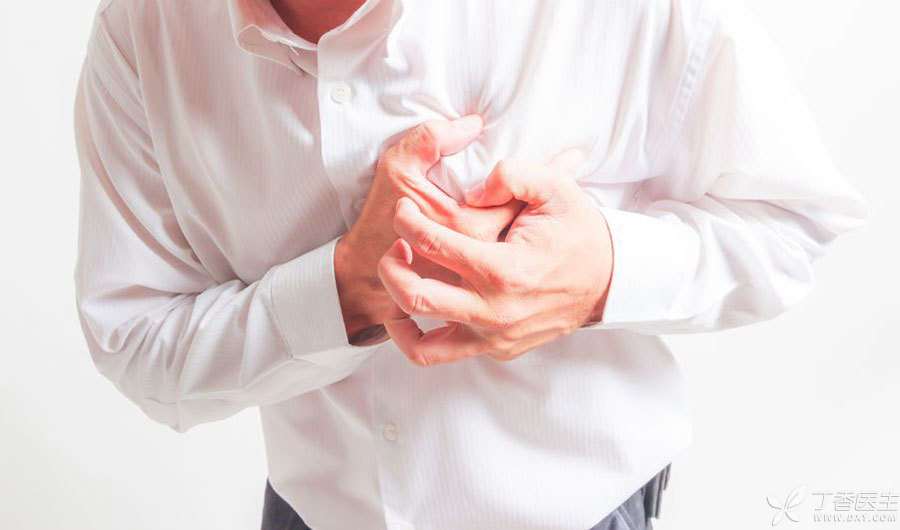
The other is the pain caused by various cancers, which is characterized by more severe pain at night than during the day. Although you can’t sleep well at night because of pain, many people will not pay attention to it because the pain is not so obvious after getting up the next day.
For these pains, you can try hyperthermia.
Common chronic low back pain, scapulohumeral periarthritis, arthritis, muscle damage and so on are all pain caused by aseptic inflammation. After inflammation in the injured area, some [pain substances] will be produced, which are actually inflammatory metabolites. These substances will stimulate nerves and make us feel pain.
When dealing with this kind of pain, people will naturally think of painkillers, but painkillers generally have gastrointestinal side effects and even cause gastrointestinal bleeding in a few people. Therefore, some people will consider physical therapy methods such as massage, hot compress or cold compress. Among them, hyperthermia is a good choice.
Hyperthermia can dilate the capillaries in the injured part and increase the permeability of the blood vessels, so that local [pain substances] can be easily taken away by blood through the capillaries. At the same time, hyperthermia can accelerate the flow speed of blood, thus taking away the accumulated [pain substances] faster, thus achieving the effect of relieving pain.
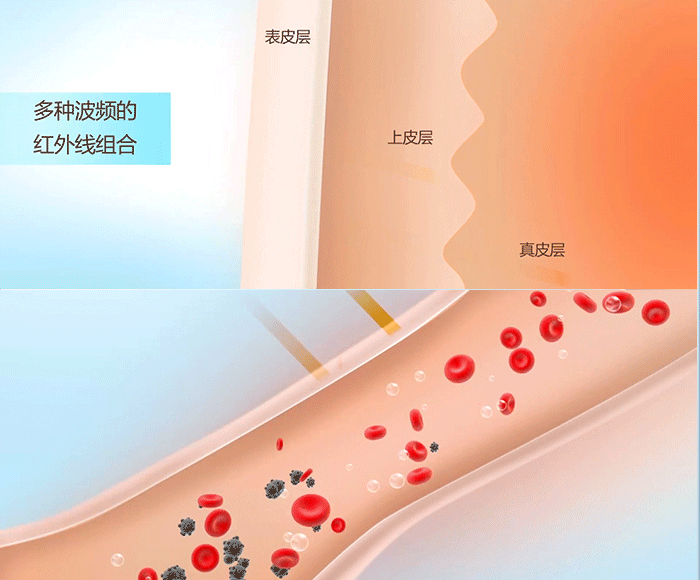
Hyperthermia is divided into different types and the choice is exquisite.
There are many methods of hyperthermia, such as the well-known hot towels, hot water bags and hot water soaking feet. In addition, infrared or microwave physiotherapy equipment in hospitals, as well as infrared physiotherapy instruments that can be bought by oneself, are also very common hyperthermia methods.
What are the advantages and disadvantages of these hyperthermia methods and how to choose them?
1. Hot compress or hot water soaking: both have disadvantages,
Generally speaking, hot water soaking and local hot compress of hot water bags are the most convenient to use and the lowest in cost.
However, in terms of hyperthermia effect, it is not the best choice, because scalds will be caused if the temperature continues to exceed 42 degrees. Moreover, if the target temperature cannot be maintained for a long time, it is not easy to achieve the effect of hyperthermia.
The hot water soaking method, although it can heat the water at any time to maintain a suitable temperature, is easy to aggravate the swelling of the injured part and is only suitable for hands and feet.
2. Infrared Physiotherapy: A Good Choice for Home Hyperthermia
Compared with hot compress or hot water soaking, infrared physiotherapy instrument is more convenient to operate, just turn on the switch and aim at the damaged part. Some infrared physiotherapy products are not only light in appearance, but also can adjust the angle, lying down, leaning, lying down… All kinds of postures can be hyperthermia, which is the choice to liberate both hands.
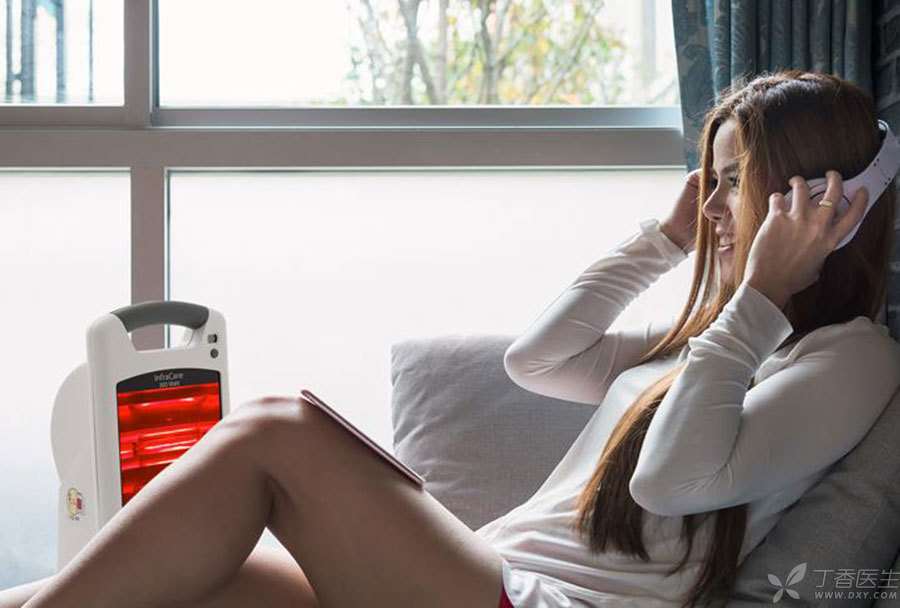
More importantly, the infrared physiotherapy instrument is easy to keep constant temperature, so the safety is relatively better and the effect is better.
3. The same infrared physiotherapy, different values
The infrared physiotherapy instruments on the market are mixed with good and evil people, and there are no products. Of course, those who exaggerate the publicity cannot be selected. On this basis, attention should also be paid to distinguishing the near infrared content of physiotherapy instruments.
According to different wavelengths, infrared rays used for hyperthermia can be divided into near infrared rays and far infrared rays.
Near infrared rays (or short wave infrared rays) penetrate deep into human tissues, about 5 ~ 10 mm, which can directly act on subcutaneous blood vessels, nerves and soft tissues to expand blood vessels, improve microcirculation and relieve aseptic inflammation. However, far infrared rays (or long wave infrared rays) penetrate tissue depth less than 2 mm, and the effect is relatively shallow.
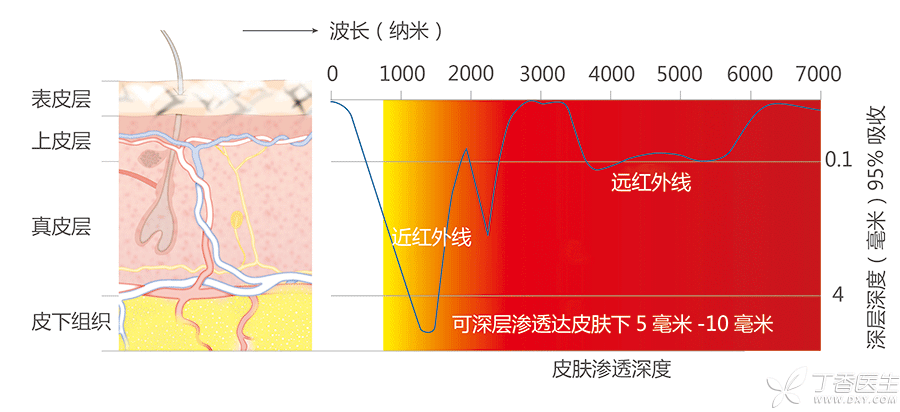
Therefore, the hyperthermia value of near infrared ray is higher, because its penetration ability is better and it can act on deeper tissues, instead of simply [baking heat] the skin. Compared with far infrared physiotherapy products, the hyperthermia effect of [high content near infrared physiotherapy instrument] is certainly better.
Finally, we have to remind that although hyperthermia can relieve pain, the temperature should not be too high, otherwise it will backfire and aggravate edema and inflammation. At the same time, attention should be paid to avoid scalding during hyperthermia.
